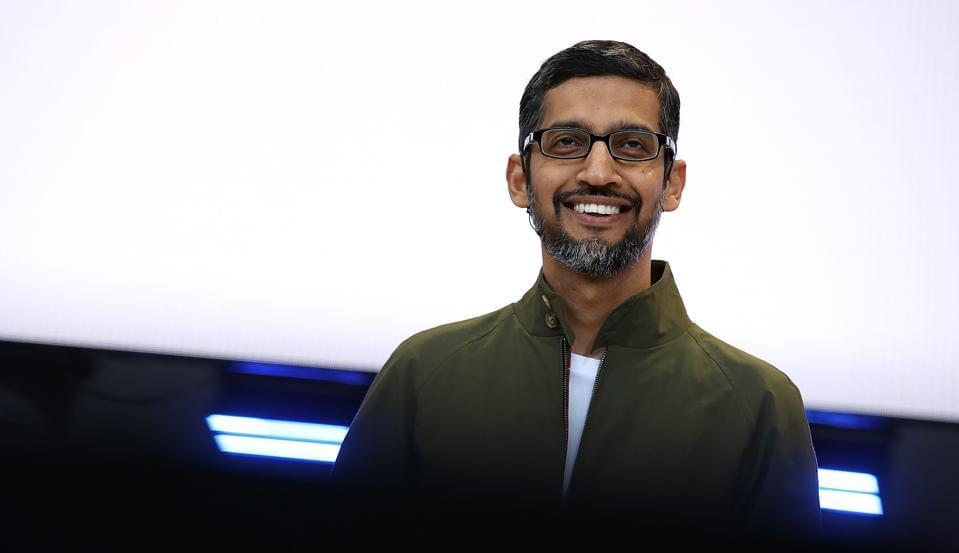Hackers breached the computer networks of a southeast Florida health care system in October and may have accessed sensitive personal and financial information on over 1.3 million people, the health care system announced this week.
Social Security numbers, patient medical history and bank account information are among the data that have been exposed in the breach of Broward Health, a network of over 30 health care facilities serving patients across roughly 2 million-person Broward County, Florida, according to a notice the health care provider filed with the Office of the Maine Attorney General.
About 470 of the data breach victims live in Maine. Like other states, Maine law requires organizations that hold state residents’ personal data to file a disclosure when they’ve been hacked.







